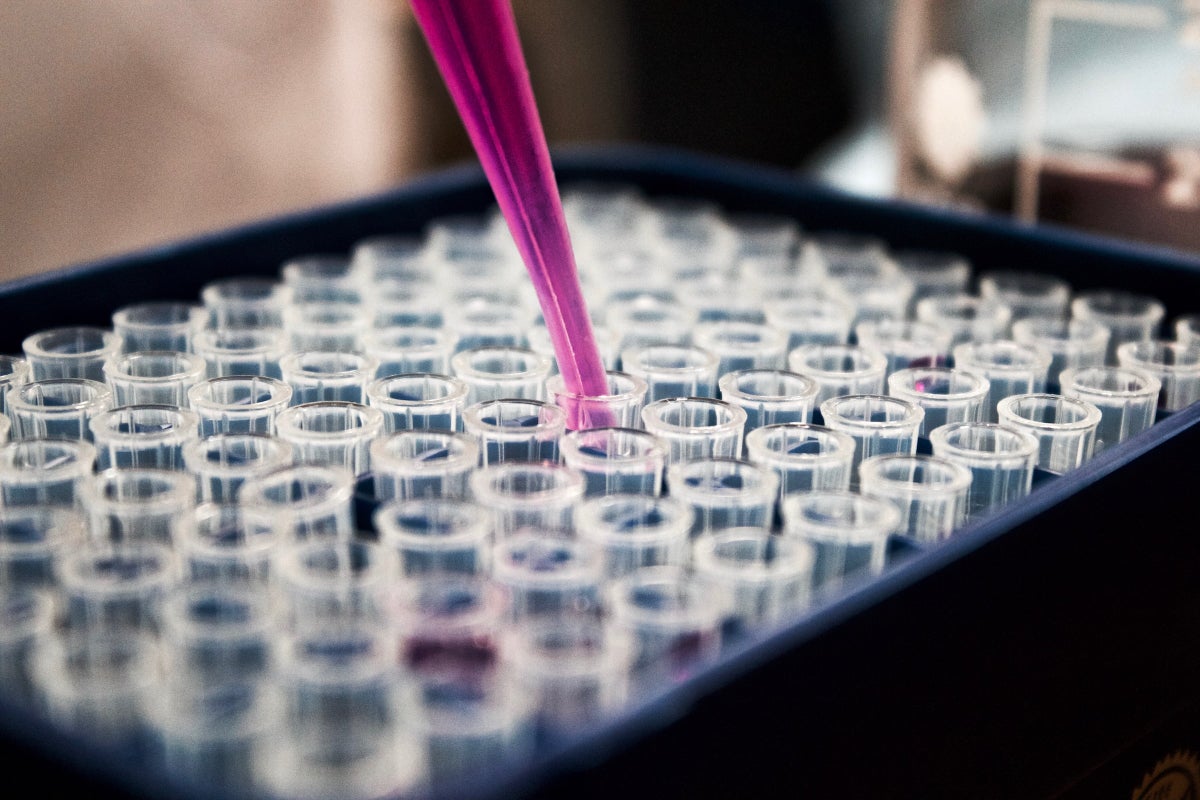[ad_1]
PharmaTher Holdings Ltd. PHRRF PHRM, a leader in specialty ketamine pharmaceuticals, announced Friday that the Phase 1/2 clinical study of ketamine in the treatment of levodopa-induced dyskinesia in Parkinson’s disease was presented at the MDS International Congress of Parkinson’s Disease and Movement Disorders in Madrid, Spain, reported Psychedelic Finance.
“We are pleased to see the first presentation of the data from the Phase 1/2 study of ketamine demonstrating ketamine’s safety and tolerability with clinically meaningful efficacy that supports further investigation in a proposed Phase 3 clinical study as a potential new treatment for levodopa-induced dyskinesia in Parkinson’s disease patients,” said Fabio Chianelli, CEO of PharmaTher.
“With these data and the recent US Notice of Allowance of the patent application for ketamine in the potential treatment of Parkinson’s Disease and motor disorders, we are now focused on obtaining an agreement with the FDA to pursue approval under 505(b)(2) regulatory pathway with a potential Phase 3 clinical study for ketamine in the treatment of levodopa-induced dyskinesia in patients with Parkinson’s disease,” added the CEO.
Highlights Of The Study
- Ketamine was safe and well-tolerated with 100% of patients treated with ketamine demonstrating a reduction in dyskinesias as measured by the Unified Dyskinesia Rating Scale (UDysRS).
- UDysRS showed a 51% reduction from baseline during Infusion 2 (p=0.003), 49% at 3-week (p=0.006) and 41% at 3-month (p=0.011) post-ketamine.
- Planning a Phase 3 clinical study to allow for FDA approval of KETARX (ketamine) for Parkinson’s disease under the 505(b)(2) regulatory pathway
“The Phase 1/2 study was an open-label, dose-finding trial to test the safety, tolerability, and pharmacokinetics of low-dose ketamine infusion to treat levodopa-induced dyskinesia (“LID”) in Parkinson’s disease and to find an effective dose-range suitable for outpatient use. The clinical study outcomes measured reduction of dyskinesia, captured with the Unified Dyskinesia Rating Scale (“UDysRS”), and effects on parkinsonian symptoms, captured with the Unified Parkinson’s Disease Rating Scale (“UPDRS”),” reported PharmaTer in a press release.
“The study enrolled 10 subjects with moderate to advanced Parkinson’s disease with a target infusion rate being 0.30 mg/kg/hr. These data highlight that ketamine was safe, well-tolerated, and demonstrated that 100% of subjects treated with ketamine had a reduction in dyskinesias as measured by UDysRS indicating possible efficacy with a large effect size that warrants further investigation in a pivotal Phase 3 clinical study. UDysRS showed a clinically meaningful reduction from baseline through 3 months,” per the release.
Ketamine’s Potential In Parkinson’s Disease
Parkinson’s disease is a debilitating disorder whose market is expected to grow from USD $5 billion in 2019 to USD $7.5 billion by the end of 2025. “It is estimated that the potential market opportunity for LID Parkinson’s disease to be over USD $3 billion in the U.S. alone. Ketamine is an FDA-approved substance that is widely used as an anesthetic agent either alone or in combination with other anesthetic agents,” added the firm.
Photo by Louis Reed on Unsplash.
[ad_2]
Image and article originally from www.benzinga.com. Read the original article here.

